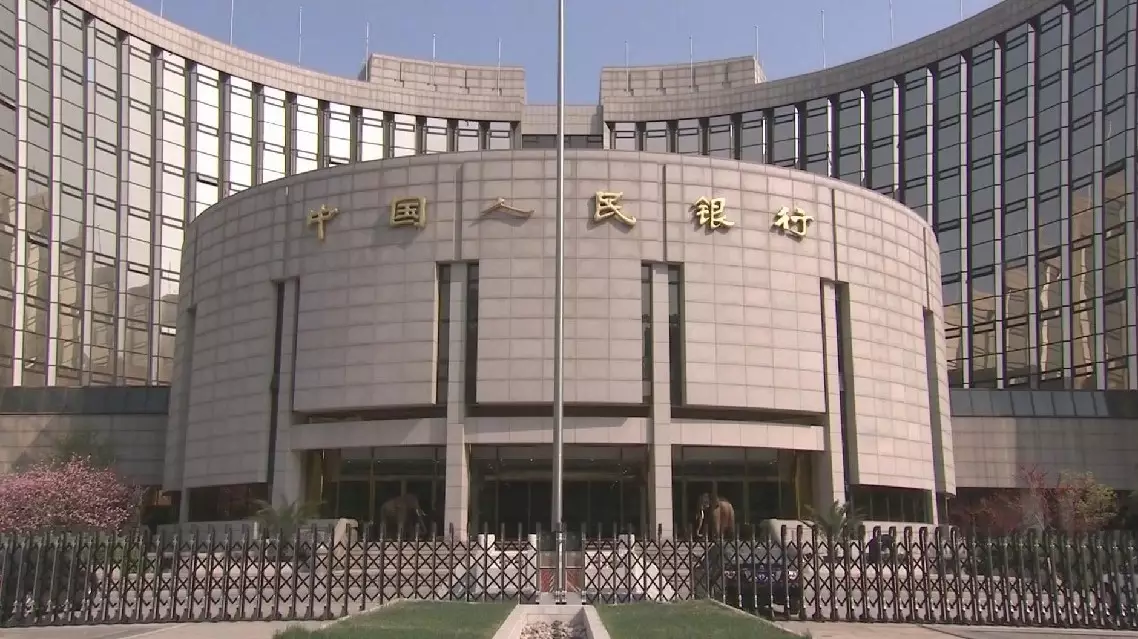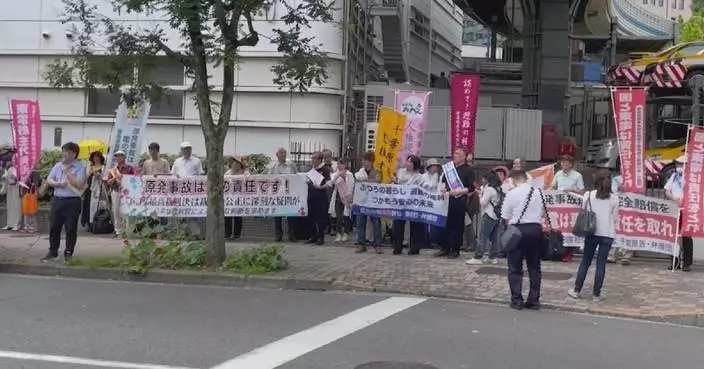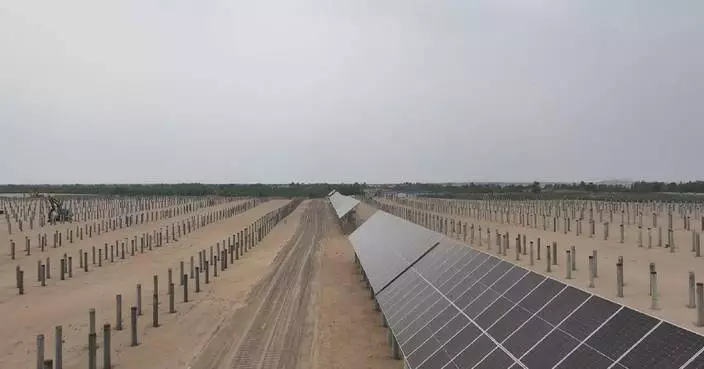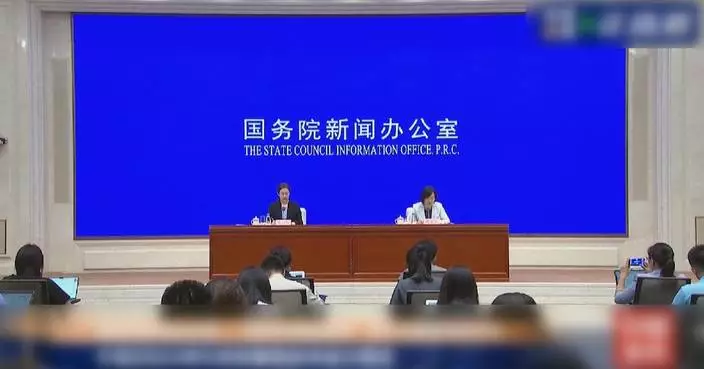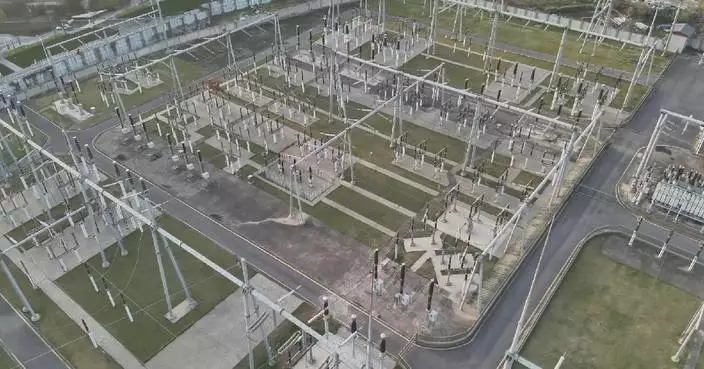The new guidelines to enhance supervision of China's capital market are beginning to yield positive results as more listed companies plan to pay interim dividend.
More than 230 listed companies have indicated that they will make arrangements for interim dividends in 2024 after China's State Council released the guideline on strengthening regulation, forestalling risks and promoting the high-quality development of the capital market in mid April.
The document urged rigorous sustained oversight on listed firms, noting that authorities should crack down on illegal shareholding reduction and tighten regulation on cash dividend payment by listed firms.
In the 2023 corporate annual reports, 3,635 listed companies on the Shanghai and Shenzhen stock exchanges announced dividend payout plans, accounting for more than 70 percent of the total, a rise of more than 10 percent year on year.
Cash dividends totaled 2.2 trillion yuan (about 303.7 billion U.S. dollars), up 4 percent year on year.
The number of dividend distributing firms and the amount of dividends both hit records.
In addition, the number of companies that paid dividends for three and five consecutive years exceeded 2,700 and 1,800, respectively, up over 45 percent and more than 48 percent than five years ago.
"According to our statistics, in the 2023 annual report of dividend distribution plans, the number of companies which distributed more than 3 yuan (more than 0.41 U.S. dollars) per 10 shares grew nearly 10 percent compared with 2022, and the number of listed companies with a high proportion of cash dividend distribution went up significantly. We also see that many companies have formally incorporated interim dividend system into their prospectuses. This will help improve the return on investment to shareholders, attract a larger number of long-term funds at home and abroad, and boost the healthy development of the capital market," said Zhang Gang, lead analyst of Southwest Securities.
The guidelines also vow to strengthen regulation on delisting, adopt stricter standards for compulsory delisting, smooth diverse channels for delisting, and optimize investor compensation remedy mechanisms.
Recently, the China Securities Regulatory Commission (CSRC) and the country's stock exchanges have successively issued policies and rules on strict delisting supervision and launched a new round of delisting reform.
As of May 15 this year, 25 companies on the A-share market had been required to delist.
"Warning of financial fraud helps investors identify risks earlier. Paying attention to the illegal appropriation of funds by major shareholders protects medium and small shareholders directly. Optimizing and improving mandatory delisting indicators will effectively improve the quality of listed companies and optimize resource allocation. These measures and actions of the new round of delisting reform reflect the determination and actions of the CSRC and the stock exchanges," said Tian Lihui, dean of Nankai University's Institute of Finance and Development.
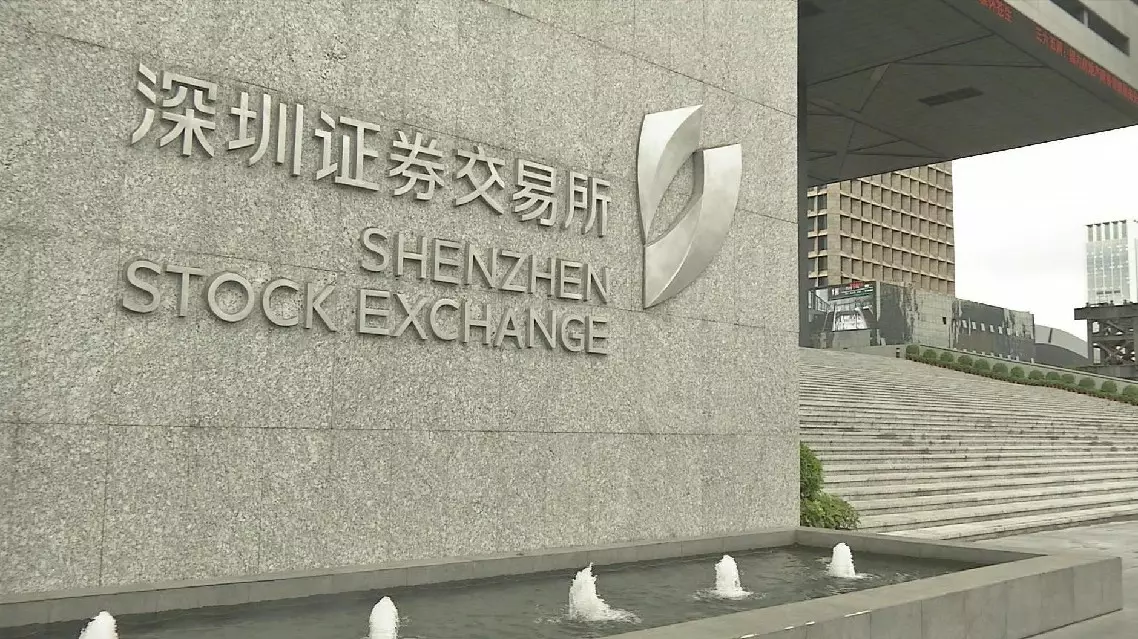
New guidelines on China's capital market start to produce positive results


